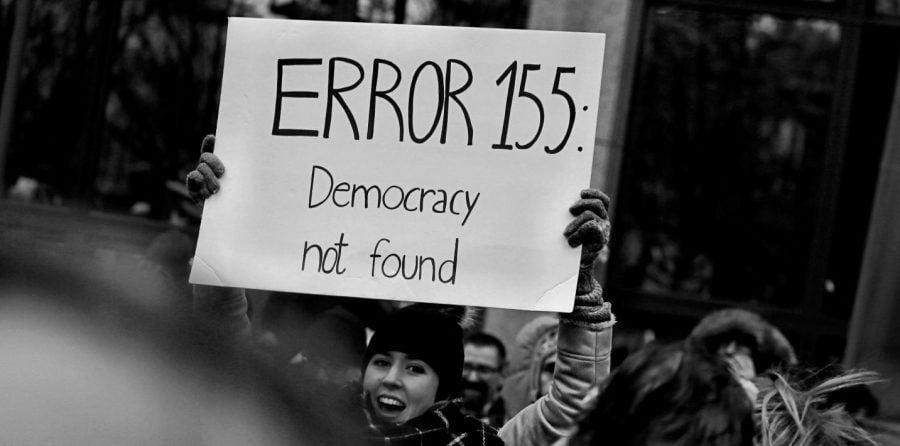Although many companies have faced increased pressure to create a more diverse and inclusive workplace, a lack of diverse hiring teams, limited recruiting processes that fail to reach a broad candidate pool, and unconscious similarity biases have contributed to many companies’ continued struggle to improve diversity in their workplace. However, some businesses have come up with ways to combat these issues, such as seeking top talent in non-traditional spaces, such as professional clubs and organizations catering to underrepresented groups, and using blind testing to limit unconscious recruiting bias.
Why Diversity Matters
Promoting diversity can improve your company’s brand and public image but offers numerous other benefits. For example, more diversity can result in increased employee engagement and reduced turnover, as employees who feel included, accepted, and valued are happier and more engaged. A study by Deloitte, which reported that inclusive teams outperformed their less inclusive peers by 80% in business performance, shows a significant business case for diversity as well.
It’s clear that businesses should consider diversity, but what does diversity look like? While people typically think of diversity in terms of race, ethnicity, and gender, these may not be the only areas of diversity where businesses are failing. Recent complaints from conservative employees about liberal bias at their companies suggest that there may be a lack of political diversity in specific industries as well.
Political and Ideological Diversity
So, is political diversity an issue in some industries? We aggregated data from the political donation information to see how businesses from different sectors and categories stack up in political diversity. Here’s what we found by looking at some of the bell weathers across a variety of industries:
While Wall Street has a reputation for being a bit conservative, these banks are highly politically diverse. Almost all firms have a 50/50 split between the two parties.
While these companies are less politically balanced than the Wall Street banks, they have decent political diversity and a high representation of both parties.
All of these featured tech companies are predominantly Democrat, which suggests a significant lack of political diversity in the tech industry. IBM has the most political diversity, but there is still nearly a 70% liberal majority.
These high-growth companies show extreme political homogeneity. Slack is the most politically diverse company here, with over 90% of the employee population reported as Democrat. Two of these companies, Etsy and HubSpot, lack Republican representation entirely.
So What?
While larger companies and Wall Street banks see a mix in the political leanings of their employees, high-growth businesses and tech companies appear to have a significant lack of political diversity. Republican representation is notably lacking at these companies.
This data suggests that well-developed and high-growth tech companies have a long way to go regarding political diversity. Improving political diversity in these industries is essential because having such political homogeneity can be isolating for the few employees with differing views. These feelings of isolation can lead to unhappiness and hurt your employer brand. Also, employees with different political affiliations may have different approaches to problem-solving, allowing them to offer some invaluable insights. Ultimately, talented people come from all racial, ethnic, and even political backgrounds. Allowing for diverse perspectives can help your business thrive.
What This Means For Company Culture
While you should consider political diversity when considering diversity as a whole at your business, supporting political diversity should never be taken as support for any form of intolerance or discrimination. No matter how your employees vote, your company’s ultimate goal should be to foster a culture of respect and inclusion by acknowledging an individual’s right to his or her own opinion while also ensuring that all views expressed are respectful of all people.
Overall, HR and executives alike should strive to create a workplace environment where people are treated as equals regardless of their differences, be it their race, gender, or even political affiliation. By encouraging various views and backgrounds at your company, you can help foster a community based on mutual respect for others.
About the author: Phil Strazzulla is passionate about educating the HR ecosystem about everything talent acquisition.

